1. Kensington Avenue – Philadelphia, Pennsylvania
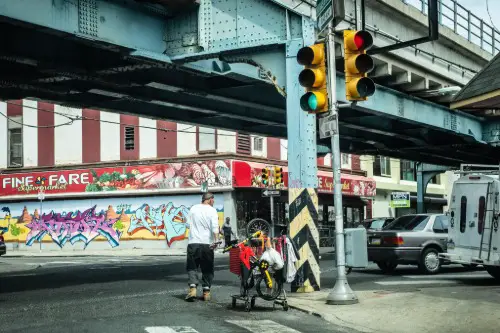
Kensington Avenue is one of the most heavily documented examples of open-air drug markets in the United States, according to Megan Myers and Jon Michael Raasch from Fox News. Located in North Philly, the street has gained national attention for its visible opioid crisis and the thousands of people struggling with addiction. At night, the scene can feel like something out of a dystopian film—crowded, chaotic, and tragically unsafe. Fights, overdoses, and petty crime are all too common here.
While some outreach organizations operate in the area, the lack of consistent infrastructure makes things worse after dark. Locals often avoid walking the avenue, especially near the underpass areas where drug use is rampant. The city is working on solutions, but progress has been slow. Until then, Kensington is definitely a place you don’t want to explore alone at night.
2. Skid Row – Los Angeles, California
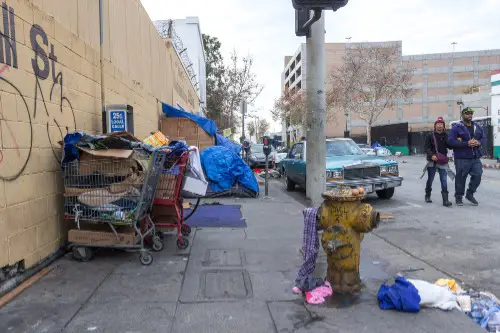
Skid Row in downtown L.A. is infamous for its high concentration of homelessness, drug use, and poverty. While the area has a deep and complex history, especially regarding housing policies and mental health care, it’s not a place you want to be wandering alone after dark, according to Emily Lefroy from Daily Mail. The streets are lined with encampments, and crime—including violent incidents—spikes significantly at night. Even during the day, the area can feel tense and unpredictable, and many locals avoid it altogether.
Despite numerous city efforts to improve conditions, the challenges here are deeply systemic. Law enforcement maintains a visible presence, but they’re often stretched thin, and the vibe can be unsettling. Tourists unfamiliar with the area may stumble into it while exploring downtown, especially near the Arts District or Little Tokyo. Bottom line—if it’s dark, it’s best to take a different route.
3. Bourbon Street – New Orleans, Louisiana
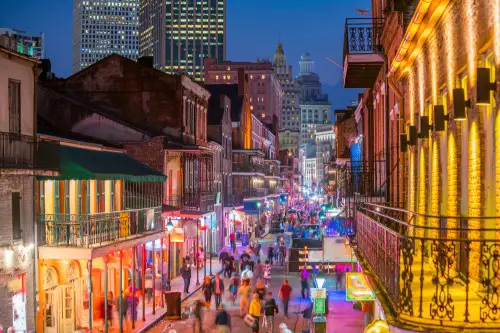
Bourbon Street is legendary for its party scene, music, and vibrant energy—but that same party vibe can turn sketchy after hours, according to Jack Brook, Jim Mustian, and Sara Cline from AP News. Once the sun goes down and the drinks start flowing, things can escalate quickly, especially on weekends. Pickpocketing, drunken fights, and the occasional violent altercation are all on the table. It’s not uncommon for tourists to get caught in situations they never saw coming.
The street is heavily patrolled by police, but even that doesn’t stop the occasional chaos. Locals often advise visitors to enjoy Bourbon in the early evening and steer clear once it gets rowdy. The surrounding areas, especially a few blocks off the main drag, can feel a little dicey too. As fun as it is, Bourbon Street isn’t always safe once the party turns wild.
4. Michigan Avenue (South Side) – Chicago, Illinois
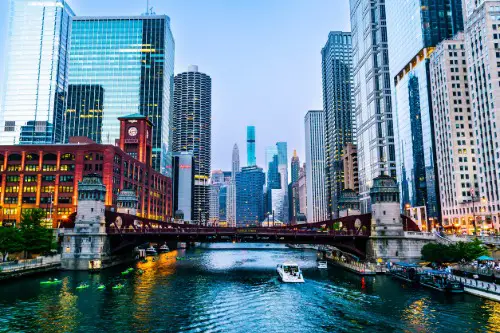
Michigan Avenue in Chicago is split into very different zones—the glitzy “Magnificent Mile” up north, and the rougher patches further south. Once you head past downtown and into the South Side at night, things can get a lot more dangerous, according to Carol Felsenthal from the Chicago Sun-Times. Some stretches are plagued by gun violence, gang activity, and robberies, especially in low-traffic areas. It’s not uncommon for cars to get jacked or for pedestrians to get caught up in disputes.
While the city has done a lot to improve certain neighborhoods, pockets of trouble still persist. Public transportation routes nearby are also sometimes hotspots for late-night crime. If you’re unfamiliar with the area, it’s easy to wander too far south without realizing. Stick to well-lit, populated areas and plan your route in advance.
5. Fremont Street – Las Vegas, Nevada
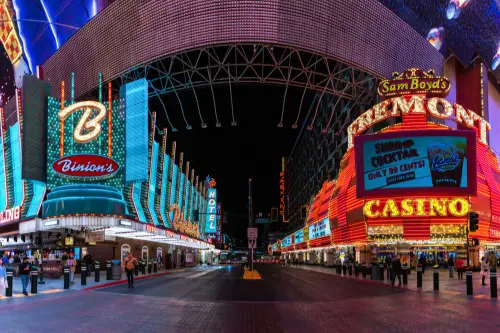
Fremont Street in downtown Vegas offers an edgier, grittier alternative to the Strip. It’s known for its neon lights, street performers, and 24/7 buzz—but when the crowds thin out late at night, things can get weird. Homelessness, panhandling, and occasional fights become more common the later you stay. It’s a place where tourists often let their guard down, which can make them targets.
Police are definitely present, but their priority is crowd control over individual safety. Scams and petty theft are frequent, especially when it’s packed with tipsy visitors. There’s also a noticeable difference in vibe between the touristy zones and side streets branching off. Enjoy the light show early, but don’t linger too long once midnight hits.
6. Crenshaw Boulevard – Los Angeles, California
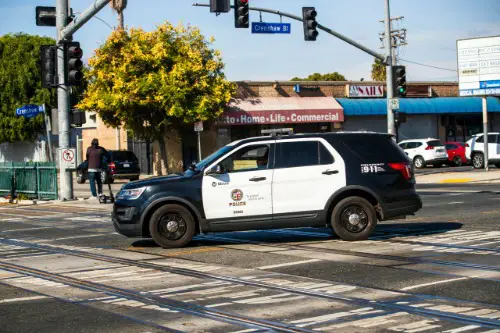
Crenshaw Boulevard runs through multiple neighborhoods in L.A., some safer than others, but certain stretches have long histories of gang activity and violent crime. While the area is full of culture and history, it also struggles with economic disparity and uneven policing. At night, it’s not uncommon to hear reports of shootings, carjackings, or robberies in some parts. Even residents will tell you to stay sharp if you’re walking around here late.
That said, not all of Crenshaw is off-limits—areas closer to Baldwin Hills, for example, are relatively safe. But when you’re dealing with a street that spans so much ground, it’s easy to go from safe to unsafe quickly. Uber drivers sometimes refuse pickups in specific zones along Crenshaw after dark. The risk may not be everywhere, but it’s definitely real.
7. 125th Street – Harlem, New York City
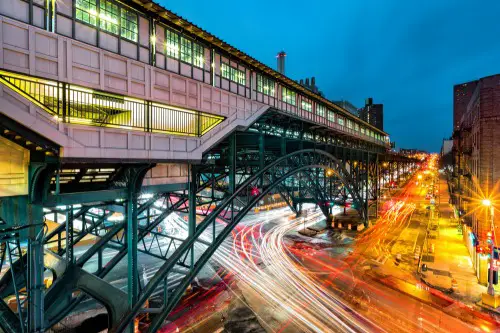
125th Street in Harlem is rich with history, music, and culture, and has seen major revitalization over the last two decades. Still, some parts can feel sketchy at night, especially around the subway stations and near vacant storefronts. Drug activity and petty crime still persist, and there’s been a noticeable uptick in random assaults in recent years. Tourists drawn by the Apollo Theater sometimes wander a bit too far from the main drag.
While gentrification has improved things in some parts, it’s also displaced a lot of long-time residents, causing tension. Locals know which blocks are safe and which ones to steer clear of after dark. If you’re unfamiliar with Harlem, 125th can be hit-or-miss depending on the time of day. Best bet: go for the food and music, but make your exit before the last train.
8. The Tenderloin – San Francisco, California
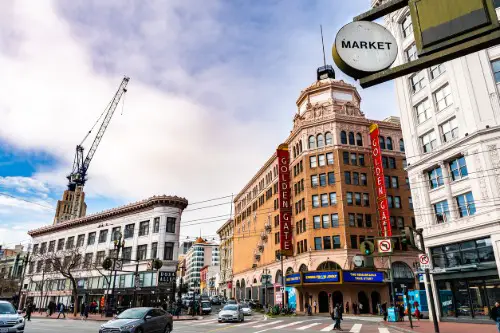
The Tenderloin district is just blocks away from some of San Francisco’s most expensive real estate, but it’s a world apart in terms of safety. Known for open drug use, homelessness, and violent crime, the Tenderloin gets especially dangerous after dark. It’s not rare to see people shooting up in plain sight or getting into fights right on the sidewalk. Police presence doesn’t always equate to security here.
There are efforts underway to revitalize the area, but progress is slow and controversial. Tourists unfamiliar with the city might accidentally walk through the Tenderloin on their way from Union Square. Locals will often cross the street or take alternate routes to avoid it. Day or night, it’s not the kind of place you want to find yourself lost in.
9. Beale Street – Memphis, Tennessee
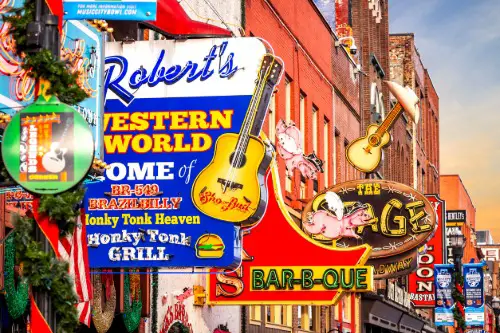
Beale Street is famous for its blues music and Southern charm, but it also has a darker side. After a certain hour, especially on weekends, the nightlife can get out of control. There have been reports of shootings, fights, and robberies, sometimes even with heavy police presence nearby. What starts as a fun night of live music can turn chaotic without warning.
The city has implemented curfews and checkpoints in attempts to keep things in check, but problems still pop up. Off-duty cops and security guards are stationed along the street, but their effectiveness varies. While locals know how to navigate the area, tourists might get overwhelmed or end up in the wrong spot. If you’re heading to Beale, wrap it up before midnight and keep your group close.
10. Liberty Avenue – Pittsburgh, Pennsylvania
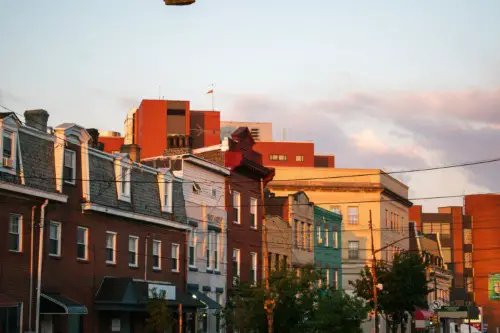
Liberty Avenue cuts through several neighborhoods in Pittsburgh, and while parts of it are charming, others have higher crime rates. Especially in the downtown-to-Strip District stretch, incidents of assault and drug-related crime rise after dark. It’s not a complete no-go zone, but it’s wise to stay alert if you’re walking there at night. Late-night bars and limited street lighting in some areas can make you an easy target.
Locals have mixed feelings about the area—some say it’s fine if you’re with friends, others steer clear altogether. Certain pockets have seen revitalization, but others haven’t caught up yet. Police patrol the area, but response times can vary depending on the night. If you’re unfamiliar with Pittsburgh, it’s better to take a cab or rideshare after dark than risk it.
11. Canal Street – New York City
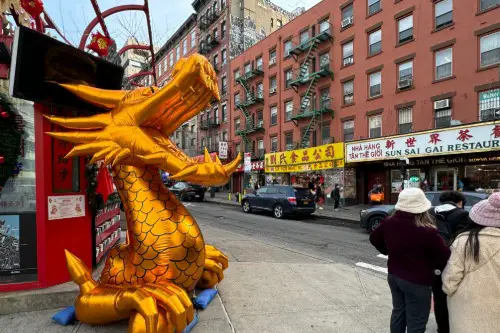
Canal Street is known for its bustling daytime crowds, knockoff designer goods, and Chinatown eats. But after the sun sets, things shift dramatically—vendors pack up, crowds thin, and the area takes on a more deserted feel. Street lighting is spotty, and some alleys and underpasses nearby are notorious for muggings and harassment. It’s not exactly dangerous in the same way as other entries, but it feels eerie and unsafe.
The NYPD does patrol the area, but given how many people move through daily, it’s hard to monitor everything. Petty crime like phone snatching and bag grabbing is common, especially when the street is empty. Locals know to get in and out quickly after dinner or shopping. It’s not a warzone, but it’s not where you want to linger alone at night.
12. Martin Luther King Jr. Drive – Atlanta, Georgia
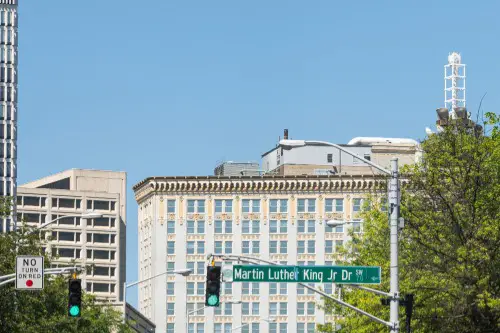
MLK Drive runs through several Atlanta neighborhoods, and while some parts are undergoing revitalization, others still struggle with crime and poverty. Violent incidents, particularly armed robberies and shootings, have been reported on various stretches of the street. After dark, many locals avoid walking it, especially in the West End and Vine City areas. Even during the day, the vibe can be tense in certain spots.
It’s worth noting that this isn’t a one-size-fits-all situation—parts of the drive are perfectly safe and even thriving. But without local knowledge, it’s easy to wind up in a higher-risk zone. Street lighting is inconsistent, and public transit stops nearby have also seen issues. If you’re unfamiliar with the city, best to take a rideshare at night instead of navigating it solo.
13. International Boulevard – Oakland, California
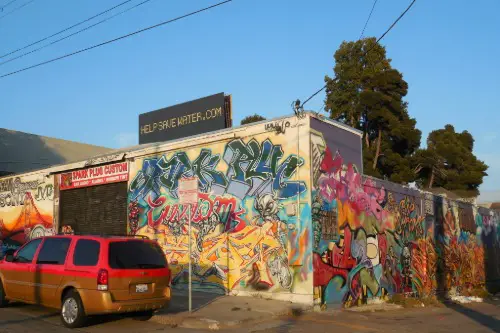
International Boulevard is a major artery through East Oakland, and it’s long been associated with crime and trafficking. Gang violence, prostitution, and robberies are some of the ongoing issues that have plagued the area for years. Even locals who live nearby often caution others to avoid certain blocks after dark. The boulevard is active late into the night, but not in a way that makes it feel safe.
Police patrols have increased in recent years, but the problems are deep-rooted. Community organizations are working hard to improve things, but progress is slow and uneven. Tourists heading toward Fruitvale or Coliseum areas should be especially cautious. During the day, it might seem normal—but at night, it’s a very different story.
14. 8 Mile Road – Detroit, Michigan
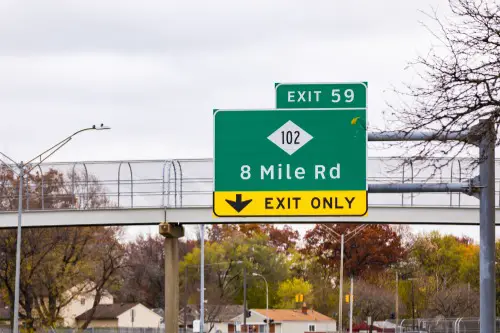
8 Mile Road marks the boundary between Detroit proper and its northern suburbs, and it’s historically been known as a dividing line in more ways than one. Certain stretches of it, especially around abandoned buildings and industrial zones, become hotspots for crime at night. Robberies, carjackings, and drug deals are not uncommon in these areas. Even residents tend to avoid certain blocks once the sun goes down.
Parts of 8 Mile have seen commercial development, but the street’s long-standing reputation hasn’t entirely faded. The contrast between safe and unsafe stretches can be jarring. If you’re not from the area, it’s easy to miss the warning signs. Don’t let the road’s fame fool you—nighttime on 8 Mile can still be unpredictable.
15. Broad Street – Newark, New Jersey
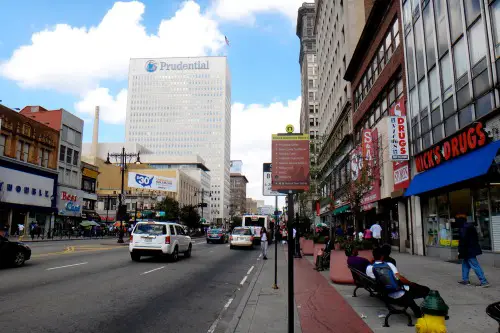
Broad Street is the main commercial artery of Newark and sees a lot of foot traffic during the day. But at night, particularly near the train station and some bus stops, the scene changes quickly. Muggings, car thefts, and drug-related crimes spike when the crowds thin out. It’s not a total no-go zone, but it’s definitely not the place for a late-night stroll.
Police presence can be sporadic, and some stretches are poorly lit and desolate. Locals know which blocks to avoid and which routes are safer, but visitors may not. Newark is a city on the rise, but it still has work to do in terms of nighttime safety. If you’re headed there after dark, a little street smarts goes a long way.


